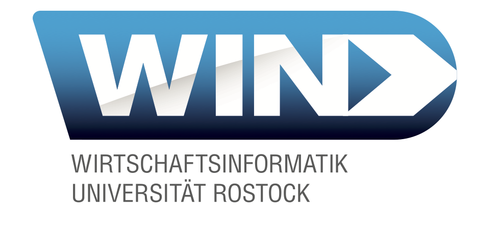Das für Sommer 2017 geplante Buch zu „Capability Management in Digital Enterprises“ wird beim Springer Verlag erscheinen. Der Vertrag zwischen Springer und den beiden Herausgebern, Prof. Kurt Sandkuhl und Prof. Janis Stirna (Uni Stockholm) wurde unterzeichnet. Das Buch soll aus etwa 20 Kapiteln bestehen und inhaltlich das Feld des Capability Management abdecken.
Kurzfassung (preliminär):
The notion of capability has a growing presence in the current business & IT alignment and IS-development frameworks spanning from more business-oriented views, such as Business Architecture and Business Modeling, to more IT-oriented views represented by Enterprise Architecture (EA), and enterprise modeling (EM). In brief, the emergence of the use of the capability notion seems to have three key motivations: (a) in the context of business planning, it is recognized as a fundamental component to describe what a core business does and, in particular, its ability of delivering value that is relevant to the business strategy; (b) in IS development, it makes IS designs more accessible to business stakeholders by enabling them to use the capability notion to describe their requirements; and (c) it supports the configurability of operations on a higher level than services, business process, resources, and technology solutions.
The book offers practical advice for how to design solutions for organizational purposes based on the notion of capability. The backbone on which the book’s content is based is that of the Capability Driven Development methodology. It is modular and based on the following key method components: Enterprise Modeling (EM), context modeling, variability modeling, adjustment algorithms, and patterns for capturing best practices. The current thrust of the capability driven approach to IS development is to make information system designs more accessible to business stakeholders by enabling them to use the capability notion to explicate their business needs especially concerning context dependent variability, patterns, and adjustment algorithms. In essence, this integrates two main dimensions of organizational development - strategic and operational as well as design-time and run-time. The CDD approach is modular and notation independent.

